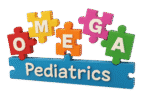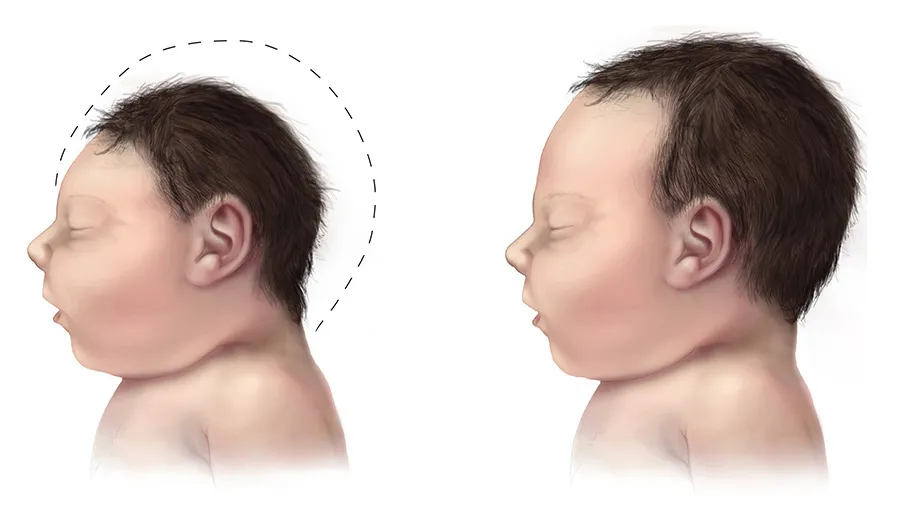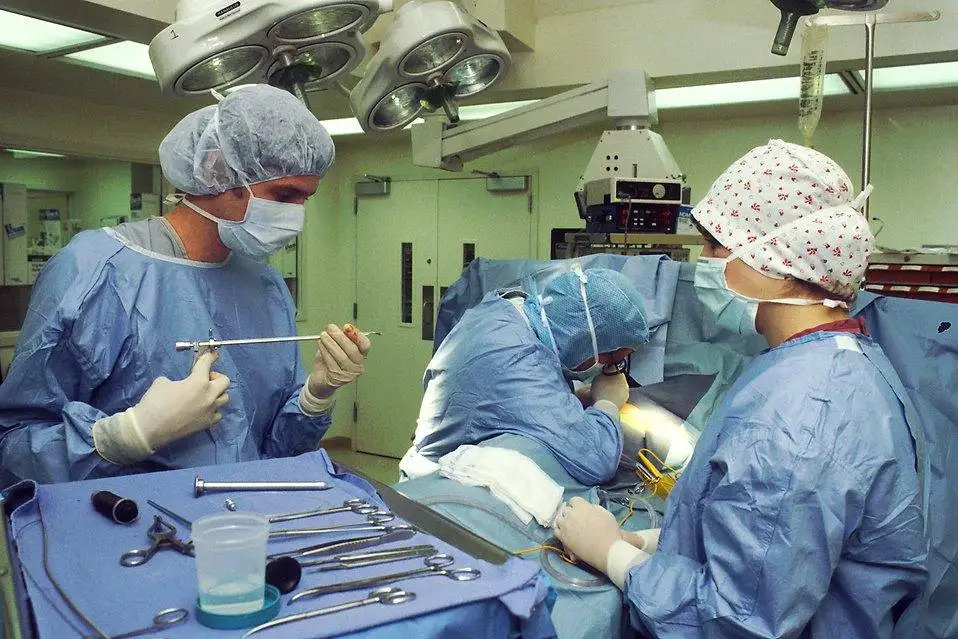Hand, Foot, and Mouth Disease (HFMD) is one of the most common illnesses that toddlers can get, but that doesn’t make it any less stressful for parents. If your little one suddenly gets a fever, won’t eat, and starts showing red spots or blisters on their hands, feet, or mouth, it can be scary. The good news?

Most cases of HFMD are mild and go away on their own. But knowing what to look for and how to care for your child can make a big difference in their comfort and recovery.
This guide will walk you through everything you need to know about HFMD in toddlers—what it is, how it spreads, the symptoms to watch for, and the best ways to treat and prevent it. Whether your child is sick now or you’re just being prepared, this article will help you feel confident and calm.
What is Hand, Foot, and Mouth Disease?
Hand, Foot, and Mouth Disease (HFMD) is a highly contagious viral illness that mainly affects infants and young children, especially those under the age of 5. However, older children and even adults can get it too. While it might sound alarming, most cases of HFMD are mild and manageable at home.
HFMD is caused by viruses from a group known as enteroviruses, with coxsackievirus A16 being the most common culprit. Another virus that can cause a similar illness is Enterovirus 71, which sometimes leads to more severe symptoms but is less common in the United States.
How Does HFMD Spread?
This illness spreads easily, especially in places where young children are close together, such as daycare centers, preschools, and playgrounds. Here are the most common ways HFMD is transmitted:
- Close personal contact—like hugging, kissing, or holding hands
- Respiratory droplets—from coughing, sneezing, or even talking
- Touching contaminated objects or surfaces—such as toys, doorknobs, or tabletops
- Fecal-oral route—especially when diaper changes aren’t followed by proper handwashing

Because the virus can live on surfaces and in bodily fluids, it’s easy for kids to pass it to each other—especially if handwashing and hygiene habits aren’t followed closely.
Is HFMD Dangerous?
In most cases, HFMD is not dangerous. Symptoms can be uncomfortable, especially the mouth sores, but the illness usually goes away on its own in about a week to 10 days. However, in rare cases—particularly with Enterovirus 71—the disease can lead to complications like viral meningitis or encephalitis (brain inflammation).
These serious outcomes are rare but highlight the importance of watching your child’s symptoms and seeking medical care if things are getting worse. Knowing what causes HFMD and how it spreads is the first step in protecting your toddler.
Symptoms of HFMD in Toddlers
Symptoms usually appear 3 to 5 days after exposure to the virus. The illness often begins with:
- Fever: A sudden onset of fever is often the first sign.
- Sore throat: Your child may complain of a sore throat or have difficulty swallowing.
- Loss of appetite: Due to mouth sores and general discomfort
- Feeling unwell: General malaise or irritability.
A day or two after the initial symptoms, painful sores may develop in the mouth, starting as red spots and forming ulcers. A skin rash with flat or raised red spots, sometimes with blisters, can appear on the palms of the hands, soles of the feet, and sometimes the buttocks.
Diagnosis
Diagnosing Hand, Foot, and Mouth Disease (HFMD) in toddlers is usually straightforward, especially for experienced pediatricians. That’s because the illness has distinct symptoms that set it apart from other childhood infections.
Diagnosis is Based on Symptoms and Appearance
A pediatrician can diagnose HFMD just by looking at your child and asking a few questions. There’s no need for blood work or special tests in typical cases. Doctors usually look for these telltale signs:
- Fever (often the first symptom)
- Painful mouth sores that may start as small red spots
- Red rash or blisters on the palms of the hands, soles of the feet, and buttocks
- Irritability, decreased appetite, or trouble swallowing
By observing these symptoms during a physical exam and asking about recent contact with other sick children (especially in daycare or school), your pediatrician can confidently diagnose HFMD.
When are Lab Tests Needed?
In most cases, lab tests are not necessary. However, your pediatrician might recommend further testing if:
- The symptoms are severe or unusual
- The rash doesn’t match the classic HFMD pattern
- Your child is under 6 months old, has a weakened immune system, or shows signs of a more serious illness
- There’s a need to rule out other illnesses such as chickenpox, strep throat, or an allergic reaction
When needed, lab tests may include a throat swab, stool sample, or even a blister fluid test to identify the specific virus causing the infection. But again, this is rare and usually reserved for complicated or unclear cases.
What Should Parents Do?
If your child is showing signs of HFMD, it’s a good idea to call your pediatrician for an evaluation, even if you suspect it’s mild. A proper diagnosis helps guide treatment and ensures you’re not dealing with a more serious condition.
Treatment and Comfort Measures
There’s no magic pill or quick cure for Hand, Foot, and Mouth Disease (HFMD), but the good news is that most children recover fully on their own within a week to 10 days. The key is to keep your toddler comfortable and hydrated while the virus runs its course.
Let’s break down the best ways to help your little one feel better:
1. Managing Fever and Pain
Fever and general discomfort are often the first signs of HFMD. If your child is cranky, warm to the touch, or seems unusually tired, they may be running a fever.
- You can use acetaminophen (Tylenol) or ibuprofen (Motrin or Advil) to bring down the fever and relieve body aches or mouth pain.
- Always follow the correct dosage for your child’s age and weight, and ask your pediatrician if unsure.
- Never give aspirin to children, as it can cause a serious condition called Reye’s syndrome.
Tip: Keep a fever log to track when you last gave medicine and how high your child’s temperature is. This can help your pediatrician if symptoms continue.
2. Soothing Mouth Sores
Mouth sores are one of the most painful parts of HFMD, especially for toddlers who may not be able to tell you what’s wrong. They often appear on the tongue, gums, or inside the cheeks.
Here’s how to make eating and drinking less painful:
- Offer cold drinks like water, milk, or electrolyte solutions (like Pedialyte).
- Provide soft foods that go down easily, such as yogurt, applesauce, mashed potatoes, or smoothies.
- Avoid acidic or spicy foods, like orange juice, tomato sauce, or chips—they can sting the sores and make your child miserable.
- Popsicles are a great option—they hydrate, soothe the mouth, and feel like a treat!
If your child refuses to eat or drink, that’s a red flag for dehydration. Keep reading.
3. Keeping Your Toddler Hydrated
Hydration is the most important part of care during HFMD. Kids who aren’t eating or drinking due to mouth pain can become dehydrated quickly. Watch for signs like
- Dry mouth or lips
- Fewer wet diapers or trips to the potty
- Sunken eyes
- Lethargy (extreme tiredness or low energy)
- Crying without tears
To help:
- Offer fluids frequently, even small sips every 15–30 minutes.
- Try ice chips, frozen fruit bars, or small spoons of crushed ice.
- Breastfed babies should continue nursing; offer it more often if needed.
- Use an oral rehydration solution like Pedialyte if your doctor recommends it.
4. When to Seek Medical Attention
Most toddlers with HFMD get better with rest and fluids. But know when to call your doctor or seek urgent care. Contact your pediatrician if:
- Your child is showing signs of dehydration
- The fever lasts more than 3 days or is very high (above 102°F)
- Your child seems very drowsy, irritable, or in significant pain
- They have trouble breathing or swallowing, or refuse to drink anything
- The rash or sores seem to be spreading rapidly, or look infected (with pus or excessive redness)
Comfort and Reassurance Matter, Too
A gentle hug, a quiet room, and a favorite blanket can do wonders. Keep your toddler well-rested, cool, and calm. Reduce screen time, avoid crowded places, and give them time to heal.
Prevention
Preventing HFMD involves good hygiene practices:
- Hand hygiene: Wash hands frequently with soap and water, especially after diaper changes and using the toilet.
- Disinfect surfaces: Clean and disinfect frequently touched surfaces and toys regularly.
- Avoid close contact: Keep your child away from individuals who are infected with HFMD.
These measures are particularly important in daycare and preschool settings, where the virus can spread rapidly.
Contagiousness
Children with HFMD are most contagious during the first week of illness, but can still spread the virus for days or weeks after symptoms resolve. Your child can return to daycare or school once fever-free for 24 hours without fever-reducing medications and all blisters have healed.
Help Your Toddler Bounce Back from Hand, Foot, and Mouth Disease

Hand, Foot, and Mouth Disease in toddlers can be uncomfortable—but it’s usually mild and clears up within 7 to 10 days. Recognizing early symptoms like fever, mouth sores, and rashes and using simple comfort treatments at home can help your child recover quickly and safely.
Remember, hygiene is your best defense. Frequent handwashing, disinfecting toys and surfaces, and keeping sick kids home from daycare can help stop the spread.
Still have questions or feeling unsure? Don’t wait. Talk to a pediatrician you trust. The expert team at Omega Pediatrics is here to help you understand, treat, and prevent HFMD and other childhood illnesses.
👉 Check out our helpful guides like Hydration Tips: How to Keep Your Child Hydrated this Summer or The 4 Types of Pediatric Care and Why They’re Important
Your child’s health is worth it—and you’re not alone.


